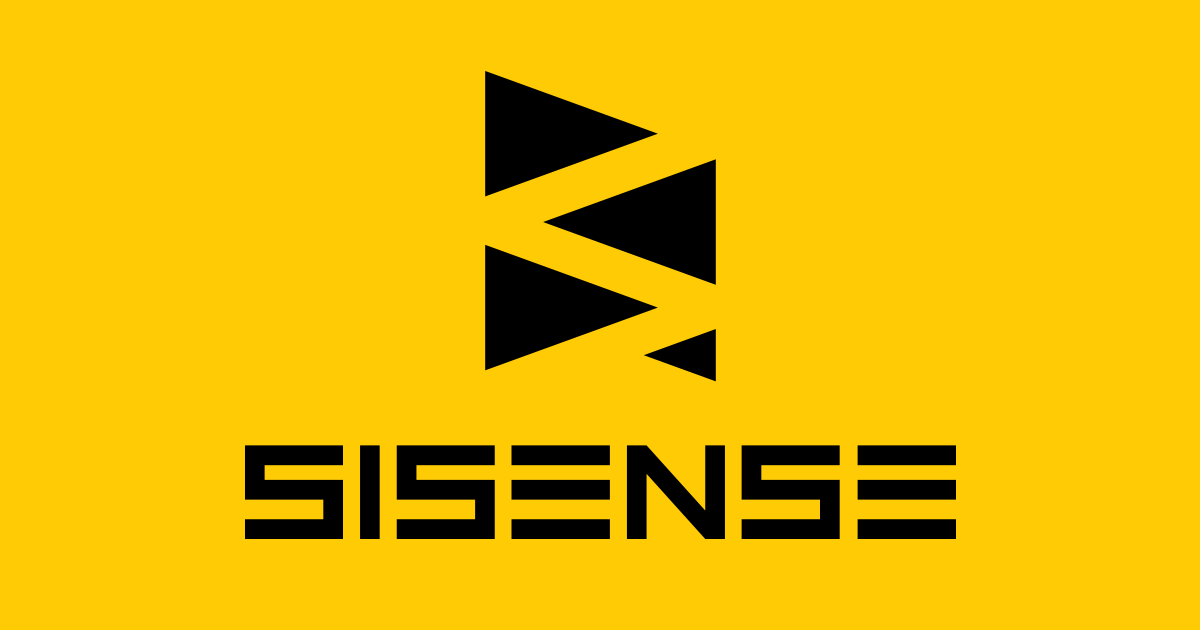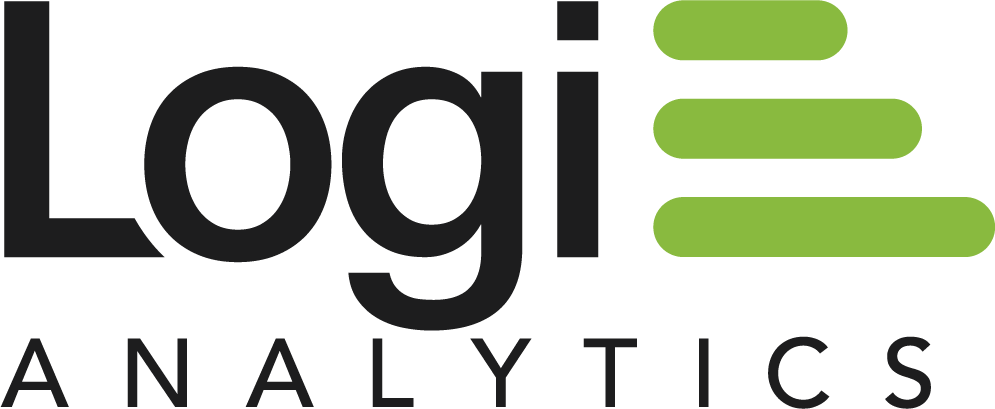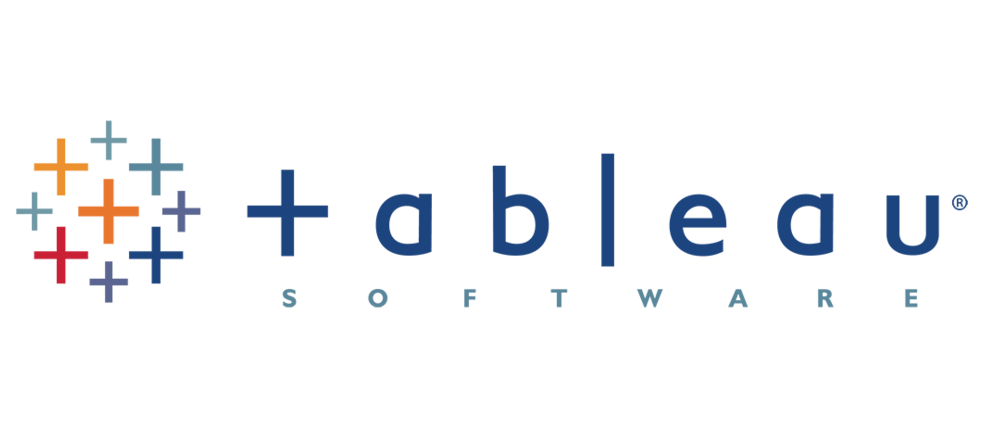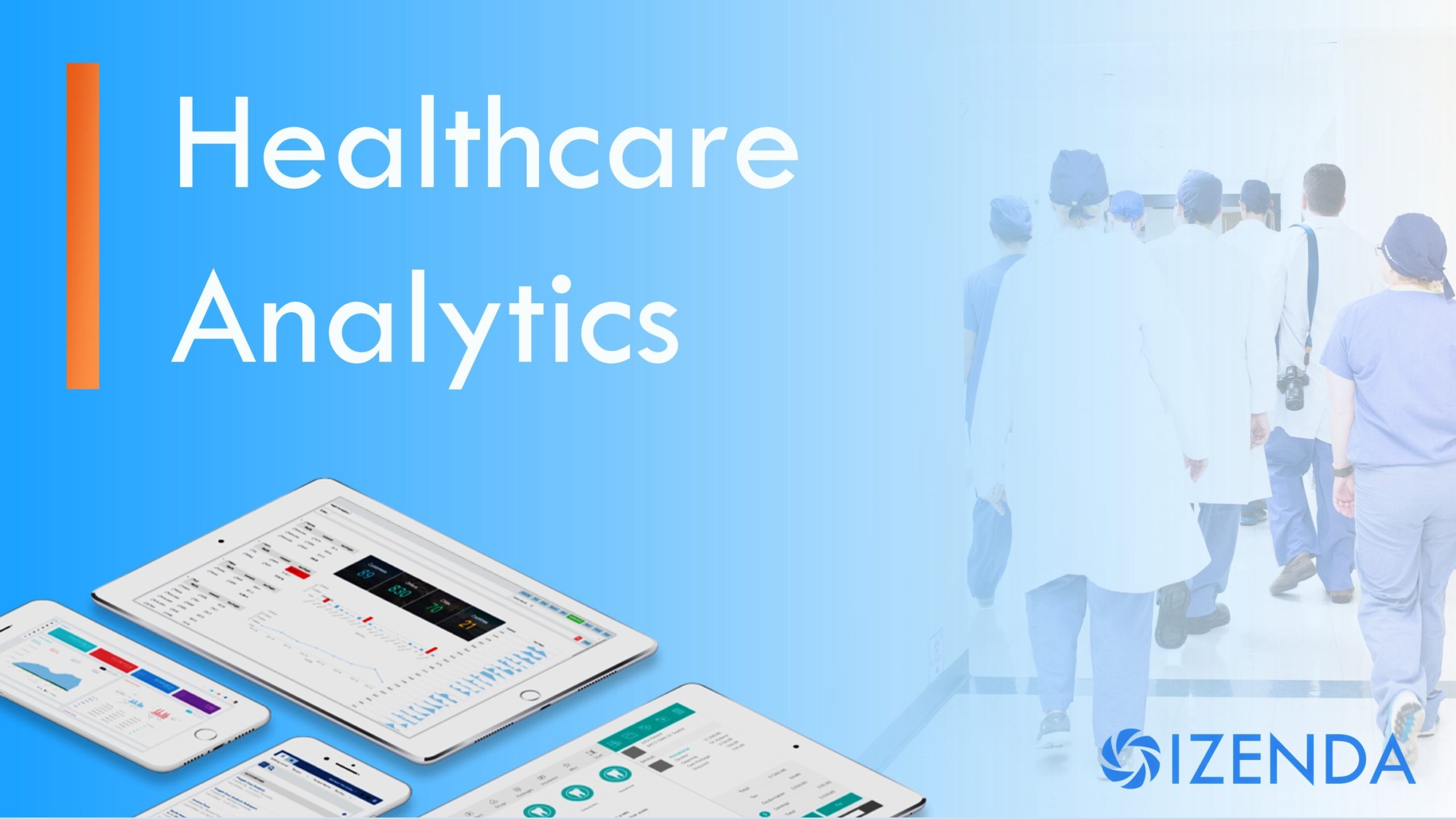
The future of healthcare will be driven by digital transformation and data analysis. And the events of 2020 have only accelerated that change. For health CIOs, analytics solutions will be a top priority going into 2021, especially as health information systems seek to leverage Big Data to provide better care, prevent diseases, and optimize all areas of the care continuum.
As we go into a new decade, let’s go over the basics of healthcare analytics: what it means, what it can do, and how health systems can get started.

What is Healthcare Analytics
Healthcare analytics is the collection and analysis of data in the healthcare industry in order to gain insights and support decision-making. From key areas like medical costs, clinical data, patient behavior, and pharmaceuticals, healthcare analytics can be used on both macro and micro levels to effectively streamline operations, improve patient care, and lower overall costs.
Healthcare data is the most complex of any industry. From electronic health records (EHR) to monitoring real-time vital signs, data not only comes from several sources but has to comply with government regulations. It’s a difficult and delicate process and requires a level of security and connectivity only an embedded analytics solution can provide.
Read how healthcare data analytics is helping in the fight against COVID-19

The Value of Healthcare Analytics
As with any industry, a Business Intelligence (BI) and reporting solution can significantly improve operational efficiency, reduce costs, and streamline processes through measuring and leveraging KPIs to spot opportunities and inform decision-making. From patients and providers to payers and suppliers, unlocking the value of data benefits everyone.
Let’s look at all the ways a healthcare analytics solution can impact the healthcare industry.
Learn more about Izenda for healthcare solutions with our free media kit below.
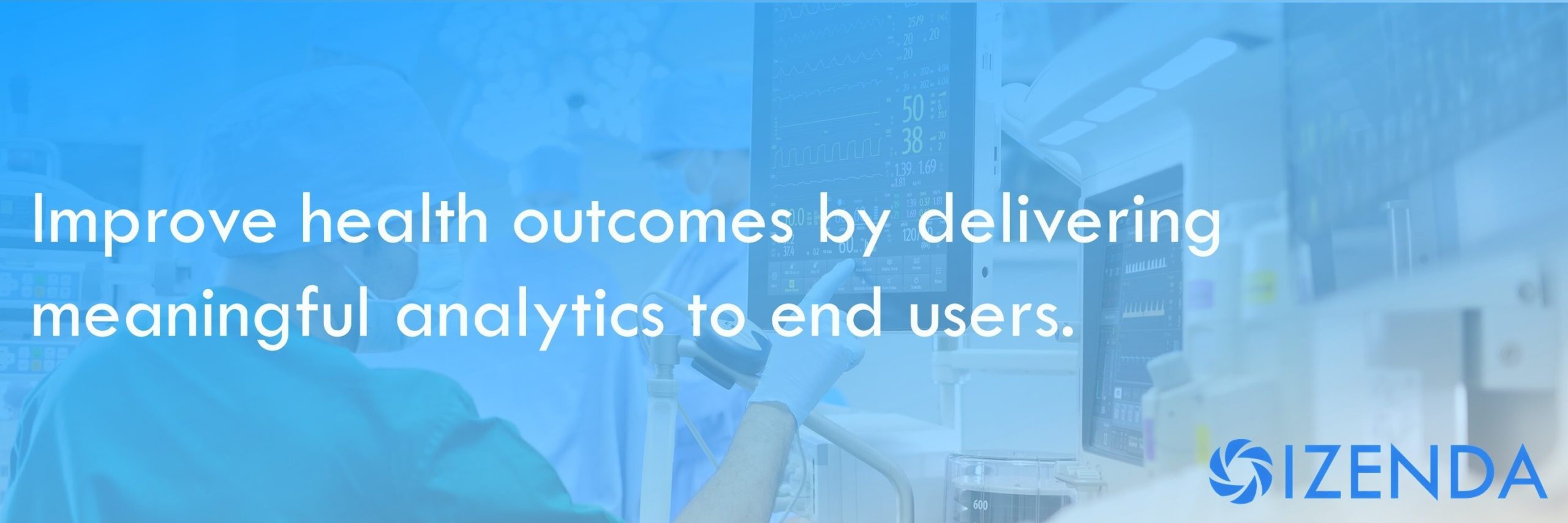
Analytics for Healthcare Providers
As healthcare providers transition from fee-for-service to value-based care models, the need to improve efficiency and care makes data analysis a core function of day-to-day operations. With an embedded analytics and reporting solution, providers can:
- Improve performance by delivering data-based quality care.
- Reduce patient wait-times by measuring and leveraging scheduling and staffing procedures.
- Improve patient satisfaction and quality of care by streamlining tedious processes related to making appointments, processing insurance, and providing referrals.
- Provide patients with more personalized treatment and improve the overall patient experience.
- Reduce readmission rates by leveraging population health data against personal patient data to predict at-risk patients.
High-Risk Patient Care
Healthcare can be expensive and complicated for patients seeking emergency services. While the costs increase, the patients don’t always enjoy better outcomes, so a significant change is needed in the processes of hospitals.
With digitized healthcare records, patient patterns and histories can be identified more efficiently. Predictive analytics can isolate patients that may be at risk for crisis situations from chronic health problems, giving physicians an opportunity to provide corrective plans that decrease emergency visits. Monitoring these patients and offering customized care solutions is impossible without sufficient data, so the use of a Business Intelligence (BI) solution in healthcare is of paramount importance to protecting high-risk patients.
Patient Satisfaction
Patient satisfaction and engagement are a concern for many healthcare facilities. With wearables and other health tracking devices, physicians can take a more active role in preventative care for patients, and patients can become more aware of their role in their own health. This knowledge not only improves the relationship between physicians and their patients but also lowers hospitalization rates and addresses severe health concerns that could be prevented.
Human Error
Many preventable health concerns or insurance claims are a result of human error, such as a physician prescribing the wrong medication or the wrong dosage. This not only increases the risk to patients but also increases the insurance and claims costs healthcare facilities absorb.
A BI platform can be leveraged to analyze patient data and prescribed medication to corroborate data and alert users to unusual prescriptions or dosages to reduce human error and prevent patient health concerns or death. This is especially helpful in fast-paced environments where physicians handle multiple patients on the same day, which is a situation ripe for errors.

Analytics for Healthcare Payers
Health insurance companies are subject to ever-changing regulations. And as one of the biggest expenses for families, health insurance relies on efficiency for success. Through collecting and interpreting data through an analytics solution, payers can:
- Identify and target prospective members by analyzing profiles and demographics.
- Assess hospital claims and prescription fulfillment data to create targeted campaigns for specific health conditions.
- Leverage pricing data against quality metrics to identify the highest value, lowest cost providers for certain procedures and services.
- Easily adjust to any regulatory changes through embedding an analytics solution that inherits the existing security model.
- Identify the potential for fraud by using predictive analytics to determine and notify of at-risk claims.
Personal Injury
Personal injury claims are a particular concern to insurance companies, especially in regard to fraud. But the right healthcare BI platform can analyze these events and correct redundancies that lead to these issues. Personal injury cases are more accurate and efficient, with claim path profiles that can be aggregated and analyzed according to common behavioral patterns. Personal injury solicitors and healthcare experts can then work together to ensure accurate records, adequate details, and verifiable victims to resolve cases quickly.

Analytics for Population Health
Population health management (PHM) is fueling a shift in healthcare, with the industry more focused on prediction and prevention in public health rather than response and treatment. With predictive analytics, healthcare facilities can identify patients with the highest risk of chronic illness early in the disease’s progression, giving them a chance to prevent long-term health problems that result in costly care and repeat hospitalization. This can be done through lab testing, claims data, patient-generated health data, and social factors in health that can identify patients in need of more intensive services or wellness care.
Population health analytics seeks to aggregate patient data from a specific population across multiple resources in order to improve both patient outcomes and minimize costs for the business entity. By collecting and analyzing large data sets, a well-developed analytics solution can:
- Close care gaps by measuring patient-provider ratios based on specific conditions.
- Use predictive analytics to identify high-risk patients in order to optimize staff allocation and funding.
- Carefully track and measure patient intake and conditions to predict and intervene in possible epidemics.
- Measure patient health outcomes to objectively determine the success of certain programs and treatments.
- Track and analyze provider performance, patient satisfaction, and other key metrics to inform everything from resource allocation to funding initiatives.
Health Tracking
Identifying patient health problems before they become severe is an important aspect of healthcare organizations. Without sufficient data, healthcare facilities don’t have the patterns or information necessary to prevent health crises, but data analytics can provide patient health tracking to predict these problems.
With this approach, healthcare facilities can track patient statistics and vitals to monitor characteristics and work on preventative care to keep patients out of the hospital. This can also prevent the development or progression of certain conditions by providing the right care at the right time, promoting better health overall.
Industry Advancement
In addition to the benefits of data analysis for current healthcare industry problems, a Health BI solution can also advance science and technology for the future. Data analytics can be used to filter massive amounts of data in seconds to find treatment options or solutions to different diseases. This will not only provide accurate solutions based on historical information but may also provide customized solutions to unique concerns for particular patients.
The potential applications of this analysis are limitless, offering such possibilities as:
- Epidemic prediction.
- Disease cures.
- Quality of life improvement.
- Preventable care.
- Early detection.
- Risk assessment.
Cost Reduction
Hospitals, clinics, and treatment centers waste a considerable amount of money in financial management, usually from understaffing or overstaffing. With predictive analysis, this problem can be solved by predicting the admission rate and ensuring that the appropriate staff is available to meet patient needs.
As a result, hospital investment is optimized. Patients benefit from this as well, since they get the care they need quickly and effectively, with lower wait times. This also reduces the overall staffing needs and bed shortages that hospitals often experience with financial mismanagement.
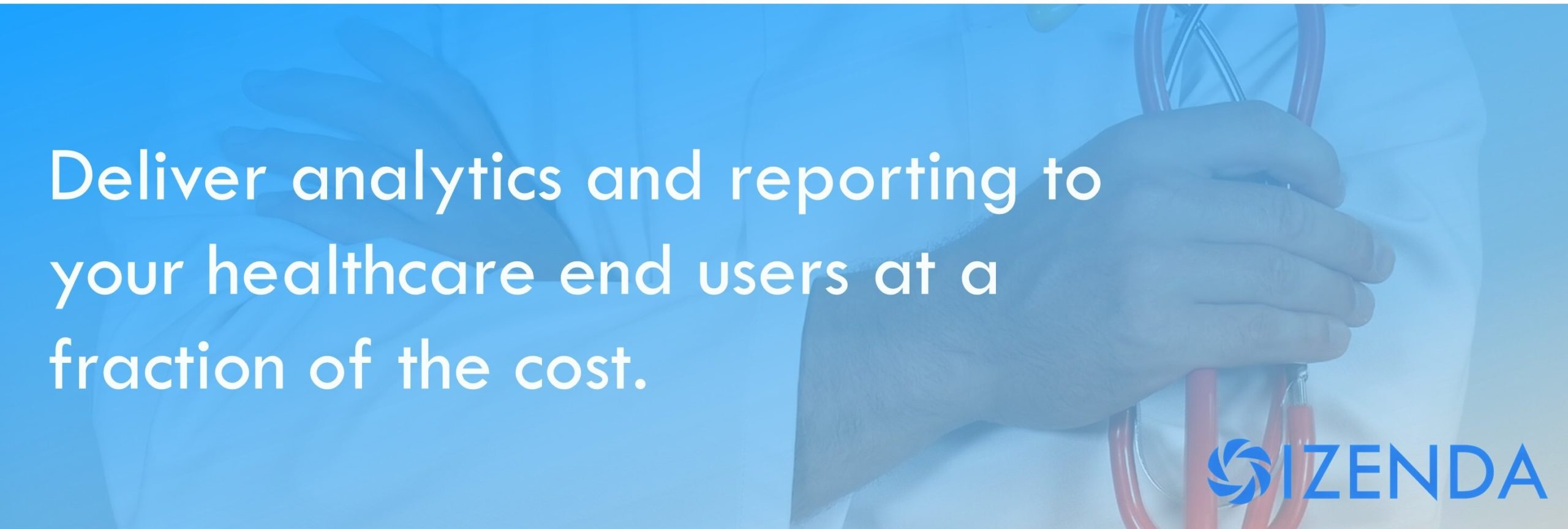
Build vs Buy
Despite the immense potential of healthcare Business Intelligence solution, the industry falls behind other major sectors in taking advantage of data analysis tools. One of the biggest barriers is the inherent complexity of the initiative. With so much to consider in terms of connectivity, integration, and security, building in-house can seem like the safer option.
But even with a talented IT team devoted to the project, developing and maintaining an analytics solution in-house is never cost-effective. A single health system will likely spend half a million dollars in developing the solution, and $200k each year to maintain it. See the cost of building a solution broken down here.
A Fraction of the Cost
Izenda’s embedded analytics solution provides unlimited users, data, and servers at a fraction of the cost of building in-house. Our subscription-based service is easy to integrate, maintain, and requires no hardware. A low TCO and high ROI means that any health system can deploy the solution quickly and immediately begin reducing costs through data-driven decisions.
Easy to Integrate
Izenda connects directly to your database as part of its unique microservices architecture – allowing for real-time data access. Where building a health analytics solution in-house can take a year or more, Izenda can be up and running in as little as 90 days.
The Most Secure Analytics Solution
Izenda embeds behind your application, meaning it inherits your existing security model. No need to set up and maintain a separate security system. No need to give up any sensitive credentials. When it comes to sensitive patient health information, security and compliance is the top priority. Izenda keeps it that way.
Permissions For Any Use Case
62% of employees have access to data they shouldn’t be able to see. In healthcare, that is unacceptable. With Izenda’s administrative UI, you can manage tenant, role, and user permissions down to the cell level.
Self-Service Reporting and Interactive Dashboards
Your users are doctors, administrators, pharmacists– not developers. Izenda’s simple drag-and-drop UI makes reporting and interacting with data easy for users of any technical skill. Put analytics at the point of care for the highest quality treatment.

Case Studies
Intersect Healthcare
A leading innovator of web-based Payer Denial, Audit Management, and Appeal Processing software for healthcare providers uses Izenda to track key performance metrics in real-time and easily rill down into their underlying data. Through Izenda, they were able to:
- Replace heavy IT support of reporting with self-service functionality.
- Easily implement ad hoc reporting capabilities for over 80 providers.
- Have a quicker time-to-market and lower total cost of ownership with Izenda’s easy-to-integrate 3-tier architecture.
“Izenda worked overtime during our small evaluation window to make sure it would meet our client’s requirements, and made us feel confident in our decision to embed the tool within our application.”
Brian McGraw
CEO, Intersect Healthcare
Essette Care Management
A web-based healthcare software provides care management, population health management, appeals and grievances processing, and more. They embedded Izenda in order to deliver self-service analytics and reporting to their end users. With Izenda, they were able to:
- Give users the ability to easily sift through the enormous amount of data captured by Essette applications to identify trends and outliers.
- Save costs by providing users the ability to derive actionable insights from their data without the need to hire additional IT staff to write reports.
- Simultaneously meet the needs of auditors, management teams and boards.
“Adding Izenda to the Essette software suite is another big advantage to our already industry-leading solution. Izenda’s licensing and technology model aligns perfectly with ours. Plus, the power that Izenda gives our end-users is exactly what our clients want. The feedback has been overwhelmingly positive.”
Grant Gaudette
COO/CTO, Essette

A Changing Future for Healthcare
Though data analytics in healthcare has yet to be fully utilized due to limitations of toolsets and funding, it is already correcting consistent issues and providing promise for the future. Once fully implemented, the possibilities for data analytics to improve patient care, reduce costs, limit errors and predict future health crises will revolutionize the industry.
Healthcare isn’t the only industry that benefits from harnessing the power of data. Nearly every industry, from retail to finance, is realizing the benefits of using the stockpile of business data to glean powerful insights into business processes to drive business forward, and Izenda is at the forefront of these changes. With our powerful analytics tools, businesses have the insights they need to reach customers and fuel business growth.




